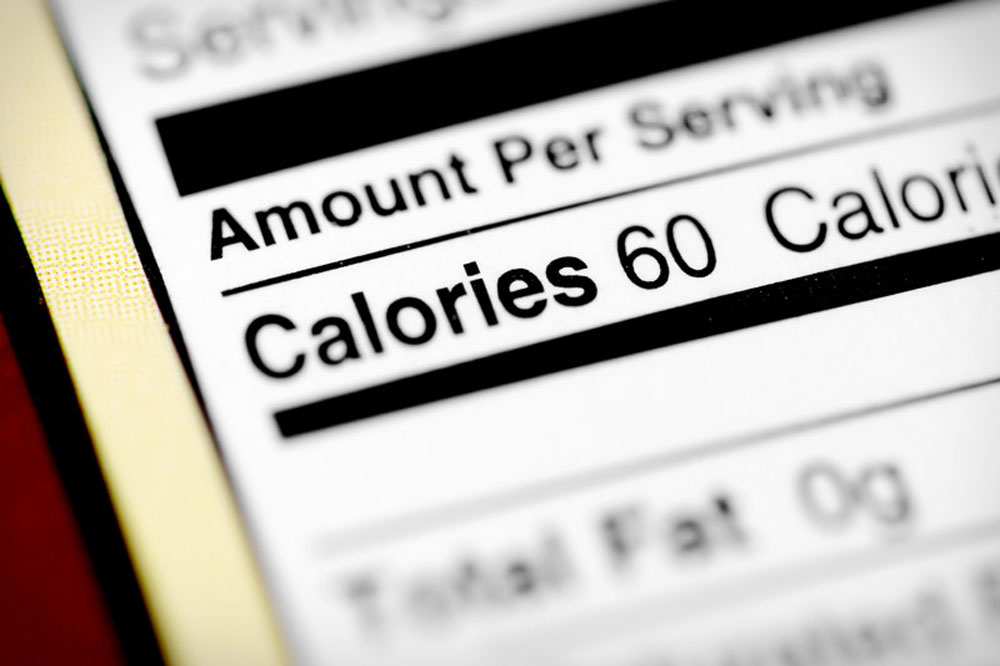Nutrition Fact Labels: Where We Are
The iconic Nutrition Facts label is a staple of food labeling today. First introduced in 1990, the label provides the information necessary to make informed diet decisions. At the same time, however, nutritional research has advanced considerably over the last 20 years. That’s why the FDA has announced changes to the classic label.
In an era of panicking over obesity, dieting and weight loss, nutritional science – and the FDA – are well aware of consumer concerns about their food. In fact, 71% of non-dieting consumers read nutrition labels before purchasing food. At the same time, the public has several beliefs about diet and nutrition which food science has since rejected. These include the idea that fat should be cut from our diets, and that vitamin C fights disease. Nutrition science has, since the 1990s, started treating food as a balancing act. Healthy diets are based less on the number of calories and more on the quality of food, and this is what the FDA seeks to emphasize.
Consumer education is a key policy goal for the new regulations. Many changes, for example, clarify certain aspects of the label and highlight more important nutritional information. The FDA also plans to launch a consumer education program to coincide with the new labels in 2020-2021.
98% of consumers believe ingredients are an important consideration in the food products they buy.*
Rationale – Why Did the FDA Change Requirement for Food Labels?
As we’ve stated, the FDA is concerned about consumer education. There are many myths about nutrition science and the original label may have helped spread them. This is, of course, because science marches on. What we know today about healthy eating is not what we knew in 1990. Many consumers, for example, worry about calorie count and fat – but not as much about added sugars and nutrients.
One specific change, for example, is that new labels must include added sugars. The FDA describes added sugars as “sugars that are either added during the processing of foods” or those that are sweeter than they would be in nature. This change comes from research which suggests that it becomes harder to lose weight when 10% or more of a person’s calories come from added sugar.
Certain nutrients must be labeled on all food items, but this list changes with the new regulations. Vitamins A and C, for example, are no longer required on the label’s list of nutrients. They are replaced by vitamin D and potassium – though calcium and iron remain. The reason behind this change is also due to scientific advancement – vitamins A and C are unlikely to be deficient for modern Americans, but vitamin D and potassium deficiencies are strikingly common.
84% of adults agree that the government should require nutrition information labels on all packaged foods sold in grocery stores.**
Major Label Changes
The most visible changes are an increase in the font size for “Calories” and the calorie count. Since calorie count is the most commonly read part of the label, this makes it easier for consumers to locate at a glance. The number of servings and the serving size are both larger, and more importantly, serving size has increased for some foods. The FDA states that serving size increases aren't advocating for eating more, but instead more closely mirror what Americans are eating already. Ice cream, for example, has increased from ½ cup serving to a 2/3 cup serving to better reflect what Americans eat. Soda has also increased from 8 oz. to 12 oz. This is not a universal change, and some serving sizes have decreased, but appropriate serving sizes have changed for many foods.
A significant change for the new label is that "calories from fat" has been removed. Research suggests that quality, not quantity, of fat is more important to nutrition, so this information is gone from the new labels. Instead, as we've seen, added sugars are a required feature on nutrition facts. Added sugars must include naturally occurring sugars that are added in processing, such as juice concentrates, honey, and syrup. Any sugar which is not present in a food naturally counts under the new regulations.
The percent daily value (%DV) footnote has also changed to clarify what daily value represents, replacing the old text with a slightly clearer message. In addition, food labels must include the actual amount of a nutrient in gram value, rather than the percent daily value alone. Keep in mind that the %DV amount for vitamins and minerals has also changed.
There has been plenty of publicity about the FDA’s decision to phase out trans fats, but at the same time, they’re not gone from nutrition labels. This is not because the policy has changed, but rather that trans fats as a whole are not being removed. Instead, it’s artificial trans fats – predominantly partially hydrogenated oils – which are gone. Natural trans fats are present in certain foods (particularly meats) and manufacturers can petition to use certain FDA-approved trans fat additives. Though restricted in use, trans fats are still present on the label.
Iron and potassium used to be a voluntary addition to food labels but are now required. This is because they are much more likely to be deficient in Americans’ diets than we used to think. Potassium, which used to be placed under sodium – if on the label at all – is now in the declared nutrients section with other vitamins and minerals.
There are still several different label formats that are permitted – including the traditional vertical label. Other labels include side-by-side displays, horizontal tables, bilingual, and simplified displays. All formats are required to meet the new regulations and typeface requirements.
Restaurants with 20 or more locations are required to print calorie count on their menus as well, though they are not subject to the full label.
64% of adults agree that the government should require nutrition information labels on all packaged foods sold in restaurants.**
Food Labeling Compliance Deadlines
Nutrition facts changes were first approved in 2016, intended to launch within two years. In late 2017, however, the FDA announced a yearlong extension for manufacturers to implement the new labels – some of whom have complained they have not had the time to switch. This was met with some controversy, as many manufacturers already use the new labels. That said, however, the original policy shift took place in mid-2016, and the change in administration could easily explain the slow pace of change. The original deadline of July 26, 2018 is no longer in effect.
As of May, 2018, the compliance dates are set for January 1st, 2020 for large manufacturers with over $10 million in annual food sales, and for January 1st, 2021 for smaller producers. FDA Commissioner Dr. Scott Gottlieb emphasizes the importance of consistency on this policy and states that the extension allows manufacturers to implement the new labeling procedures more completely.
It’s worth watching this space, however, as policy changes rarely run their course without any hurdles and changes. As the FDA has, since the original May 27, 2016 rule changes, shifted administrations, it’s possible that other changes could be in store. Regardless, the new labels are set to launch by 2020-2021, and manufacturers must be in line with the changes.
60% of consumers who read package labels want information about sugar, calories, salt and fat content.**
Less than half of consumers surveyed would pay more for foods that are organic, grass-fed or contain no added sugars or genetically-engineered ingredients.**
In summary:
Nutrition label changes go into effect Jan. 1st, 2020 for large manufacturers, and the following year for manufacturers below $10 million annual food sales.
Calorie and calorie count labeling will be larger and more-bold.
Serving size and count are larger, and the exact size of a serving has changed for most food items.
Four nutrients are required – iron, potassium, vitamin D and calcium.
Calories from fat are no longer present on nutrition labels.
%DV counts have changed, and a new footnote replaces the old text.
For a quick rundown of each item, the FDA has a helpful infographic available that highlights the new policy.
57% of consumers would consider paying more for locally grown food.**
*Source: 2017 Label Insight Shopper Trends Study
**Source: Reuters/IPSOS Opinion Poll, 2017









